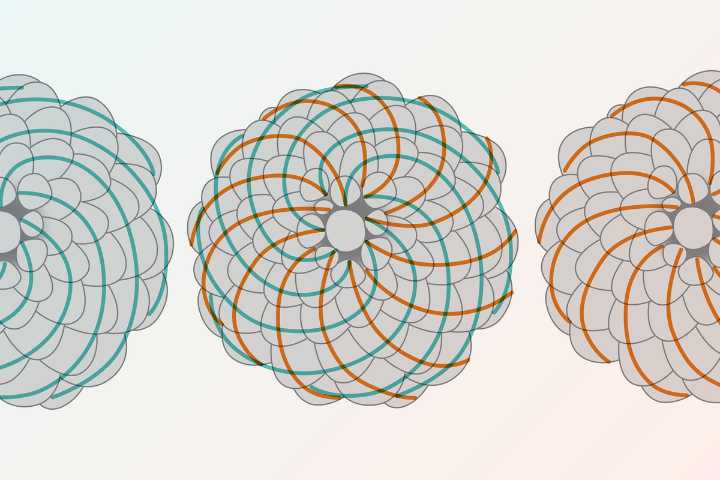A variation of a puzzle called the “pick-up sticks problem” asks the following question: If I have some number of sticks with random lengths between 0 and 1, what are the chances that no three of those sticks can form a triangle? It turns out the answer to this quandary has an unexpected parallel to a pattern found across nature.
The Fibonacci sequence is an ordered collection of numbers in which each term is equal to the previous two added together. It goes like this: 1, 1, 2, 3, 5, 8, 13,..., and so on. These numbers show up practically everywhere. If you look at a plant with spirals, such as a pine cone or pineapple, more likely than not, the number of spirals going in each direction will be consecutive terms of the Fibonacci sequence. But a pair of young researchers were surprised to

 Scientific American Health
Scientific American Health

 New York Post
New York Post Fit&Well
Fit&Well The Spectator
The Spectator Associated Press US News
Associated Press US News The Daily Beast
The Daily Beast MLB
MLB